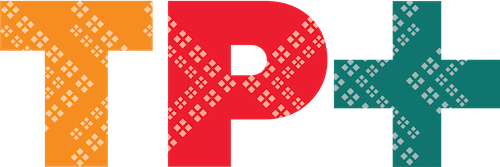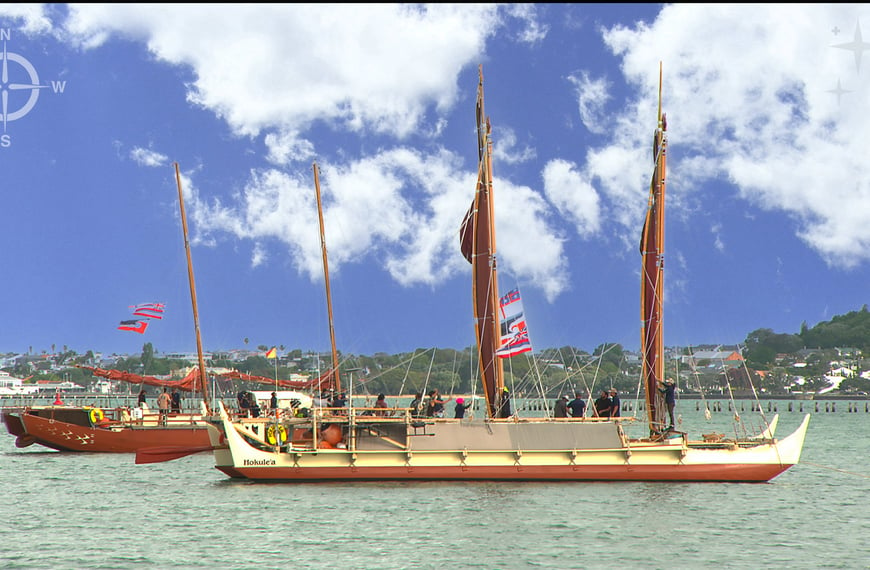Public Interest Journalism funded through NZ On Air
After the volcanic eruption and tsunami that caused massive destruction in Tonga early this year, community leader Pakilau Manase Lua sprang into action. He put the call out and coordinated aid contributions from the Tongan community in Aotearoa.
“I love Aotearoa, but Tonga’s always home for me as well,” Manase says. “I still have a very deep connection back to my mum’s village in Vaini. I’m fortunate to have been bestowed a title. A Matāpule title from my Chief Ma’afu.”
“My title is Pakilau o Aotearoa. Pakilau is the area in Vaini with a stream. And I’m called after the stream. Aotearoa means either from Aotearoa or serving in Aotearoa.”
Later this year, in September, Manase featured in a Someday Stories documentary about an innovative kava ceremony which combines kava traditions from across the Pacific to honour tangata whenua. The ceremony is called Kava ‘o Aotearoa, also the name of the documentary, which was directed by Joshua Teariki Baker, and produced by Maria Tanner.
Manase says in the documentary, “Culture that doesn’t change is doomed to die. We can’t come here, perform our kava and ignore the fact we’re on Māori land.”
It’s a position Manase knows could offend traditionalists. It could even be seen as disingenuous, coming from a traditional title holder, who officiates kava ceremonies in Tonga.
“As Matāpule,” Manase says, “kava has a strong role for us. It goes hand in hand with my role as a spokesperson for my chief. I preside over traditional kava ceremonies when the chief goes to an event or occasion.”

Understanding how Manase is able to both hold a traditional role in Tonga, and practise cultural innovation in Aotearoa, requires tracing his earliest memories.
“I came to New Zealand from Tonga as a child. I was probably four going on five at the time. This was in the mid seventies, so the end of 1975. We migrated here; Mum, dad, myself and my sister, from Tonga, at the height of the dawn raids.”
“We lived in Grey Lynn for a few years and then went up north. We lived with a Māori family, the Kaitiaki family, because it was a safe place to go.
“I remember being on a little farmlet, off Tukuwhero Rd. Ururangi Marae, I still remember that. There’s a stream, plum trees, you can hear the birds. And then summer, all the cicadas, That’s the vivid memory of mine.
“Dad built a little shack right next to the old man’s house, Charlie Kaitiaki’s house. It’s still there.”
“It’s almost like a spiritual place because that’s where we took refuge and that’s where my connection to tangata whenua started because they took us in and they protected us, sheltered us. I’ll never forget that.”
At University, Manase studied English rather than history but still managed to learn about what tangata whenua experienced during the colonisation of New Zealand.

“The Marae is just down the road from Pacific Studies, in the English department. I used to duck off, and sit in on some of the lunchtime lectures. I’d listen to some of these amazing Māori leaders talk about the treaty, and their experience of colonisation.”
It had a profound impact on him.
“You realise that you’re in a country that treated the indigenous people with disrespect and dishonour in terms of the treaty.
“Māori leaders speak from a place of deep understanding and deep knowing. That only they will be able to articulate in the way they do. With Mana and mamahi, which is pain. You know – you feel it.”
Decades later, in 2018, Manase took part in the first Mana Moana leadership programme, which is based on ancient indigenous leadership values from across the Pacific.
“What Mana Moana did,” he says, “was help me reconcile my personal upbringing, my whakapapa, and in the context of what’s happening here in Aotearoa.”
Later on Manase became a facilitator of the programme, alongside the founder, Dr Karlo Mila.
“We don’t profess to be experts or know it all in our cultures, but we’re there to awaken what’s really innately inside all of us. And provide a language for that, and to bring that out.”

For Manase it was a turning point. He was able to reconcile his interconnected relationships with Tonga, Aotearoa, and the wider Pacific community.
“So that’s the beautiful thing about Mana Moana, it’s helped me understand the diversity of people here. And honour that diversity, and allow people to be who they are, where they are.
“It’s become a part of what I do at my work. I manage a program called Kanorau, at Te Pou, which is all about diversity and inclusion.”
The innovative ceremony, Kava ‘o Aotearoa was conceived in response to the Christcurch terror attacks, which happened the year after Manase attended Mana Moana.
“Myself and two colleagues, Christine Nurminen and Therese Mangos thought – what better way than kava as a way of honouring the dead, but also to show unity as people of Aotearoa, and the moana. And that’s when we formulated Kava ‘o Aotearoa.”
The first ceremony was held at Auckland Museum and honoured lawyer and culture consultant, Precious Clark. This year the ceremony honoured lawyer and land rights activist Pania Newton. It took place at Ihumātao.

“I did feel honoured,” Manase says, “to have the privilege of performing kava for tangata whenua.”
“I felt energised. And talking to Precious and Pania, they felt that energy as well.”
For Manase, Kava ‘o Aotearoa represents an appropriate way for Pacific people to show respect for whenua and tangata whenua, of Aotearoa.
“In my mind, we often do kava at a community event, and Māori there were always on the periphery, or not really, a key part of the ceremony. That felt wrong.
“So every Kava ‘o Aotearoa has been focused on tangata whenua being in the tau mu’a or the chief position, which is directly opposite the kava bowl.”
“This is Aotearoa, you know, and Aotearoa is a place where everyone has come from their own places of origin in the Pacific, and joined our tangata whenua, our Māori cousins here.
Let’s do something that honours them.”
Quotes have been lightly edited for length and clarity.













